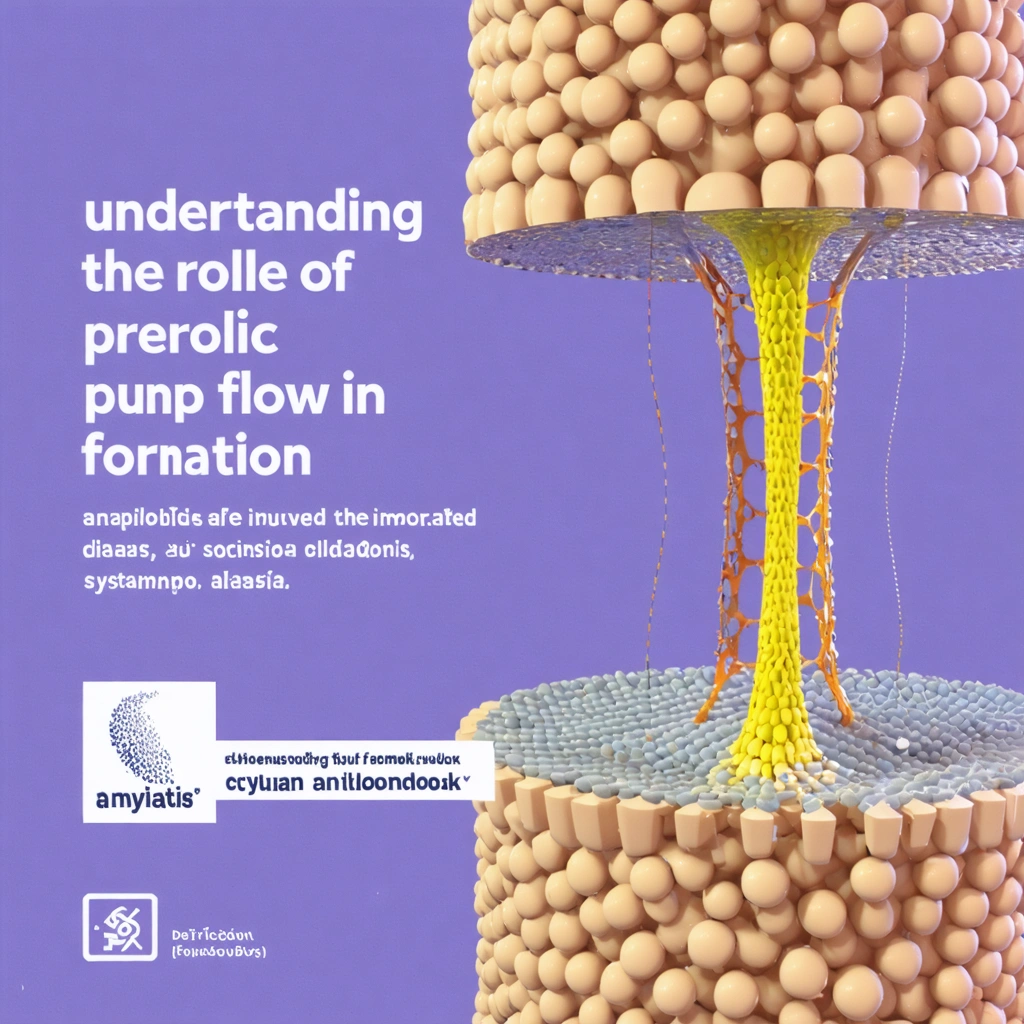
Introduction
Amyloids are misfolded proteins that have been implicated in a number of serious conditions such as Alzheimer’s disease, Parkinson’s disease, and systemic amyloidosis. Understanding the mechanisms that lead to the formation of these proteins is crucial in the development of effective treatments for these devastating diseases. Recently, researchers have discovered a surprising factor that may contribute to the formation of amyloids: peristaltic pump flow.
Peristaltic Pump Flow and Amyloid Formation
Peristaltic pump flow refers to the method of fluid movement commonly employed in the human body, particularly in the circulatory and digestive systems. This mechanism involves the rhythmic contraction and relaxation of muscles that propel fluids in a particular direction. Researchers found that the high shear stresses associated with peristaltic pump flow can mechanically break supersaturation, which in turn induces the formation of amyloids. This was observed in hen egg white lysozyme, a-synuclein, amyloid b 1-40, and b2-microglobulin.
Mechanisms of Action
It is believed that the high shear stresses presented by peristaltic flow are similar to those that occur in the blood and cerebrospinal fluid. This suggests that the physical forces exerted by the flow of these bodily fluids may play a significant role in promoting amyloidosis.
Implications for Treatment
Understanding the role of peristaltic pump flow in the formation of amyloids provides a new dimension to the development of treatment strategies for conditions associated with amyloidosis. It opens the possibility for interventions that aim to modify the fluid dynamics in the body as a means of preventing or slowing down the formation of amyloids.
Conclusion
The discovery of the role of peristaltic pump flow in amyloid formation underscores the complexity of these diseases. It also highlights the need for a multi-faceted approach in the quest for effective treatments. As more is understood about the various factors that contribute to amyloidosis, the closer we come to the ultimate goal of eliminating these devastating diseases. Source: Peristaltic pump flow induces amyloid formation




